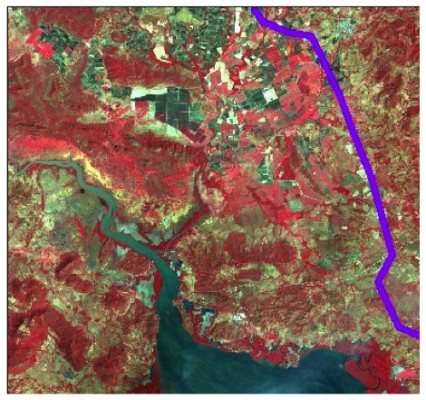In 1997, EPR proposed a 1,830 kilometer routing corridor for a 230 kilovolt electrical transmission system between Guatemala and Panama (thru six countries). RPI assisted ProAmbiente with the preparation of an EIS for the 500-kilometer segment of the corridor within Costa Rica.

RPI was responsible for conducting a corridor route analysis this was done by overlaying the proposed route with satellite imagery and other available geographic information system (GIS) data layers to identify areas of environmental and social concern. RPI worked closely with ProAmbiente to identify homogeneous stretches of the corridor based on environmental and social characteristics. Environmental and social impacts were characterized for each homogeneous stretch of the corridor and a matrix was created to evaluate the effects of these impacts. Alternative routes within the proposed corridor were identified, as needed, after analyzing all available data. Based on this information, an EIS was produced that will include preventative measures, mitigation measures, residual impacts, and estimated costs of implementation. The goal of this EIS was to minimize the environmental and social impacts from construction of the electrical transmission system as well as satisfy environmental licensing requirements for Costa Rica.
